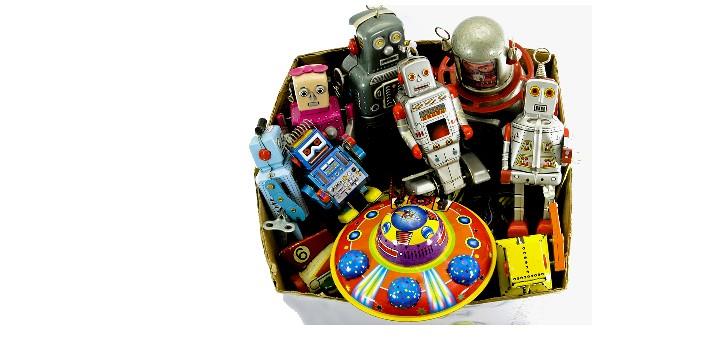
Why Some Kids Love Collecting Toys More Than Others
Kids as young as three love to collect toys, although some are more "true collectors" than others, a study in the British Journal of Developmental Psychology shows. Kids who are more engaged in collecting have better goal-setting and organizing skills and are more socially developed than those who are not. Parents are advised to avoid products that offer collectible toys: once they have one, they will certainly ask for more!
Take aways
- Preschoolers are "true collectors": many of them are very motivated to collect things that belong together
- They are even willing to make sacrifices to complete their collectible set
- Some children are more likely to engage in collecting than others: collectors have better organizing and social skills than those who are not
- Parents are advised to keep their children away from products with collectible toys (i.e., certain cereal brands), because once they have acquired one of the collectibles, they will certainly start asking for more
Study information
The question?
Do preschoolers engage in collecting toys and why are some children more likely to be collectors than others?
Who?
Study 1: 57 3- to 5-year-olds (mean age: 4.4 years; 53% boys; 47% girls)
Study 2: 46 3- to 5-year-olds (mean age: 4.4 years; 59% boys; 41% girls)Where?
USA
How?
Study 1: Children saw pictures of five novel and unknown toys. Three toys (a green, orange, and yellow rubber monster) were part of a set of collectibles and two toys (a yellow rubber duck and a yellow truck) were not part of the set. The green and orange monster were given to the children as a present. After a short delay, they could pick one extra toy from the remaining toys (the yellow monster, the duck or the truck). They were then asked why they had chosen a particular toy. Children who picked the yellow monster were identified as collectors. In addition, children participated in some psychological tasks that captured their goal-setting and organizing skills.
Study 2: Children saw the same pictures as in Study 1 and were again given two of the monsters as a present. Then children could pick a packet including two toys. In packet 1, there was the yellow monster (the collectible toy) and one of the other toys. In packet 2, there were two of the other toys. They were told that if they chose packet 1 (including the collectible toy), they had to give away one of their toys to another child. If they chose packet 2, they were allowed to keep both of the toys (but were then unable to complete their collectible set). Children who picked toy packet 1 were identified as collectors. In addition, children participated in some psychological tasks to capture their social skills.
Facts and findings
Study 1:
- 68% of the children picked the collectible toy (yellow monster).
- When asked why they had chosen the yellow monster, almost all children responded that they wanted to complete their set. This indicates that they were motivated to collect.
- Children with better developed goal-setting an organizing skills were more likely to engage in collecting, because they were better able to identify which toy belonged to the collectible set.
Study 2:
- 57% of the children picked the toy package including the collectible toy (yellow monster) and decided to keep the collectible themselves and gave away the other toy to another child.
- When asked why they had kept the yellow monster themselves, almost all children responded that they wanted to complete their set. This indicates that they were motivated to collect.
- Children with better developed social skills were more likely to engage in collecting. An explanation for this is that children who are more socially developed may associate having more collectible toys with a higher social status.